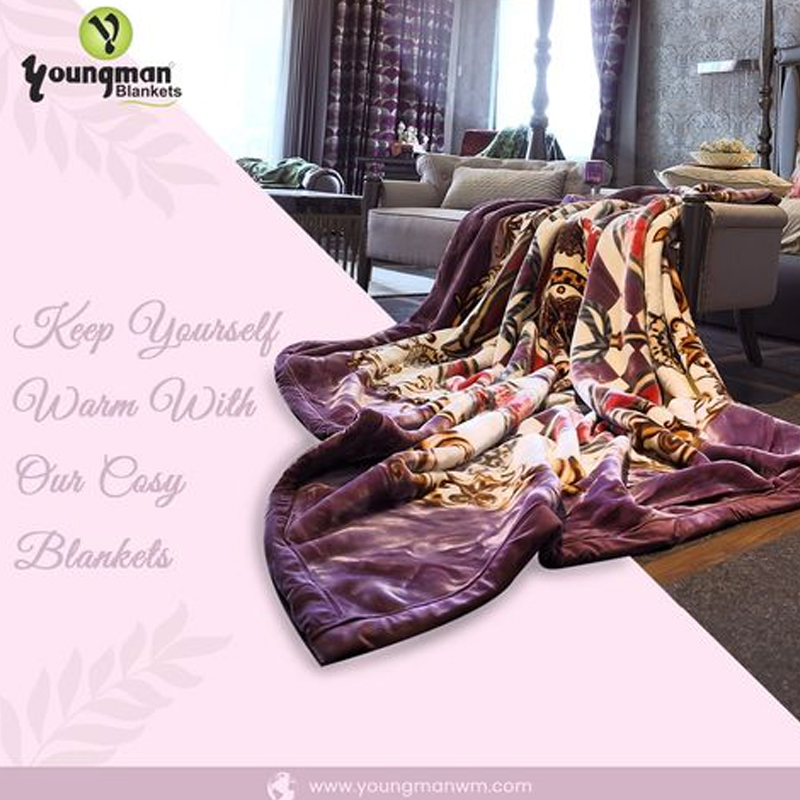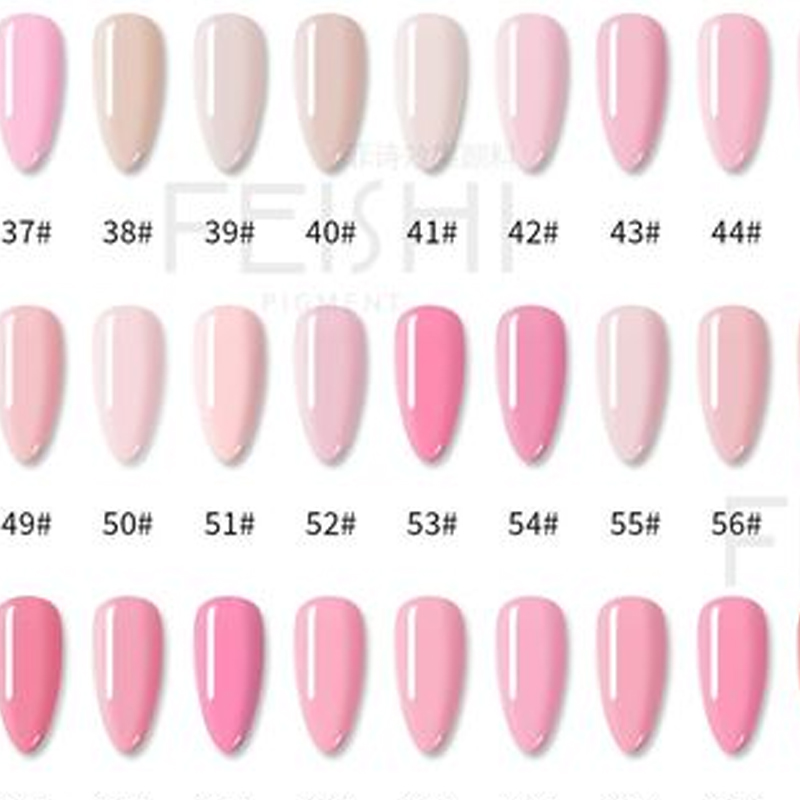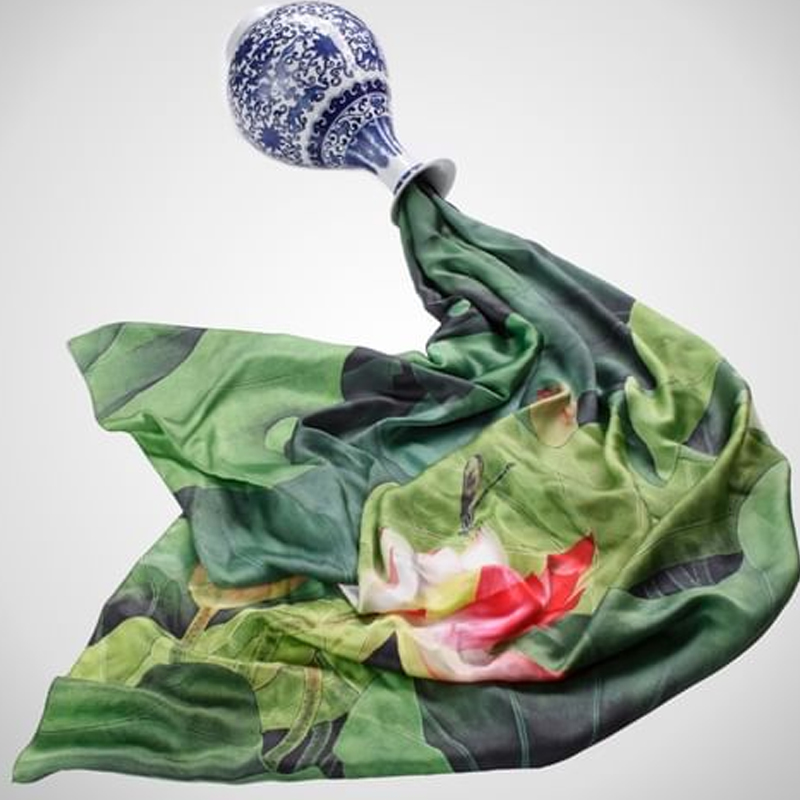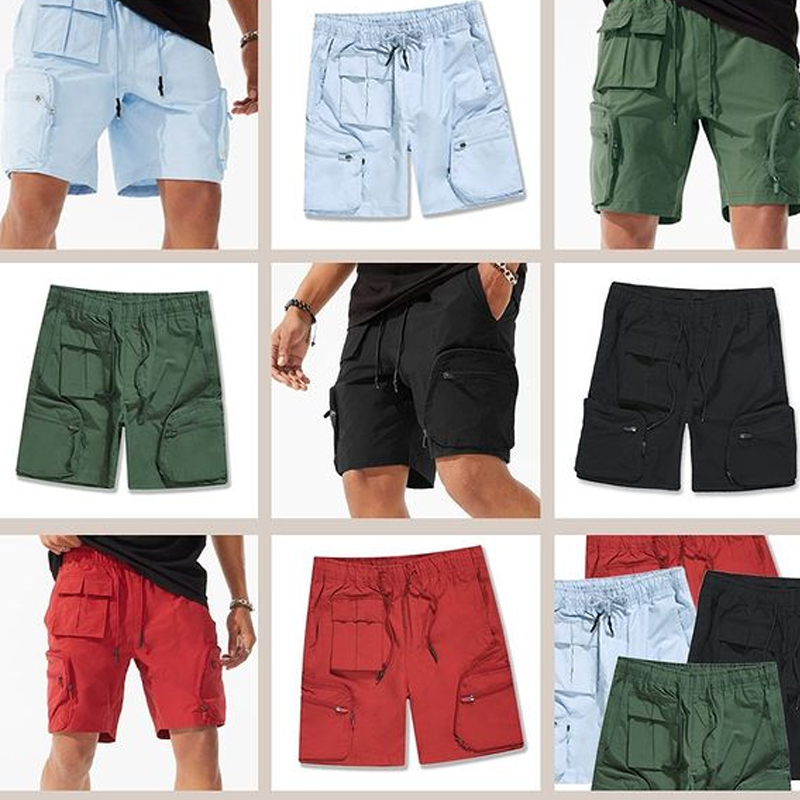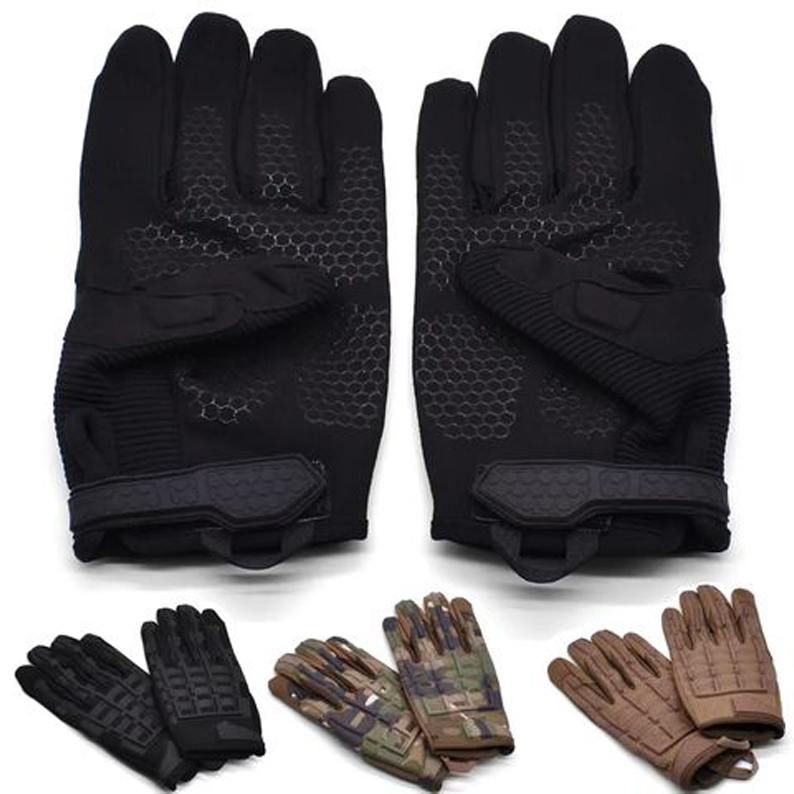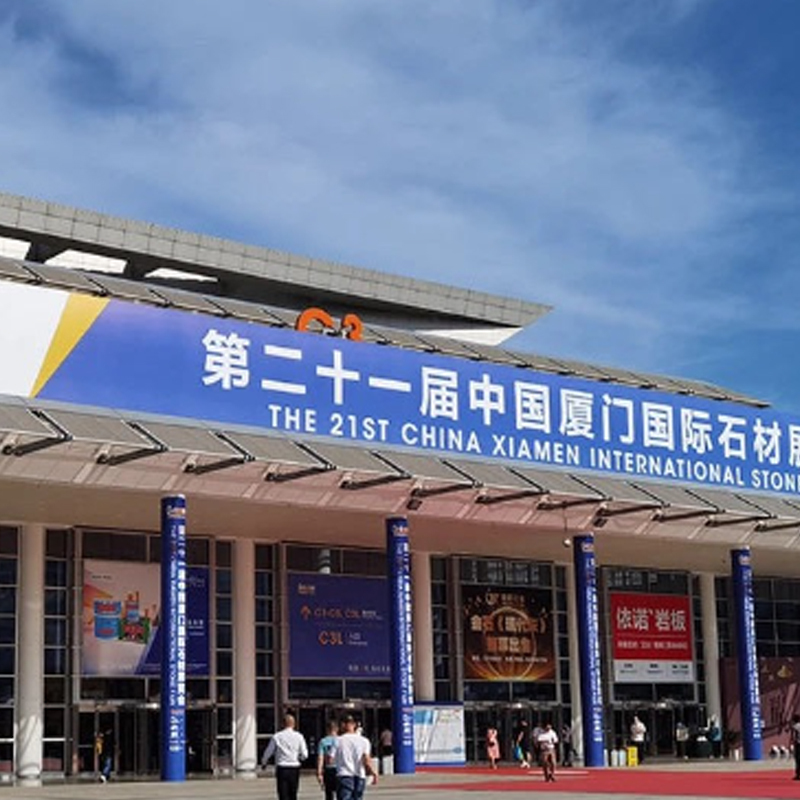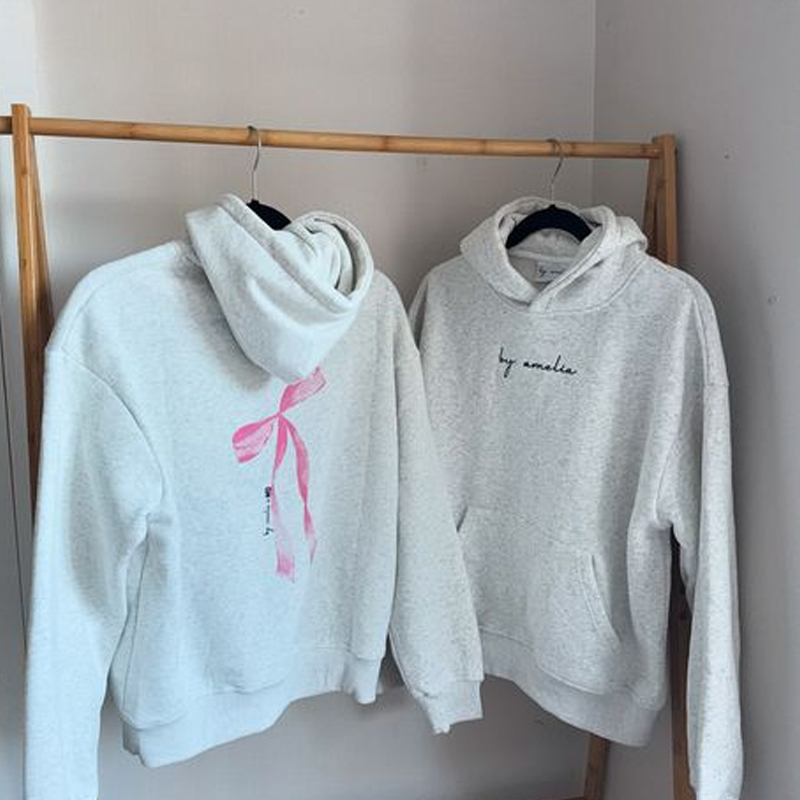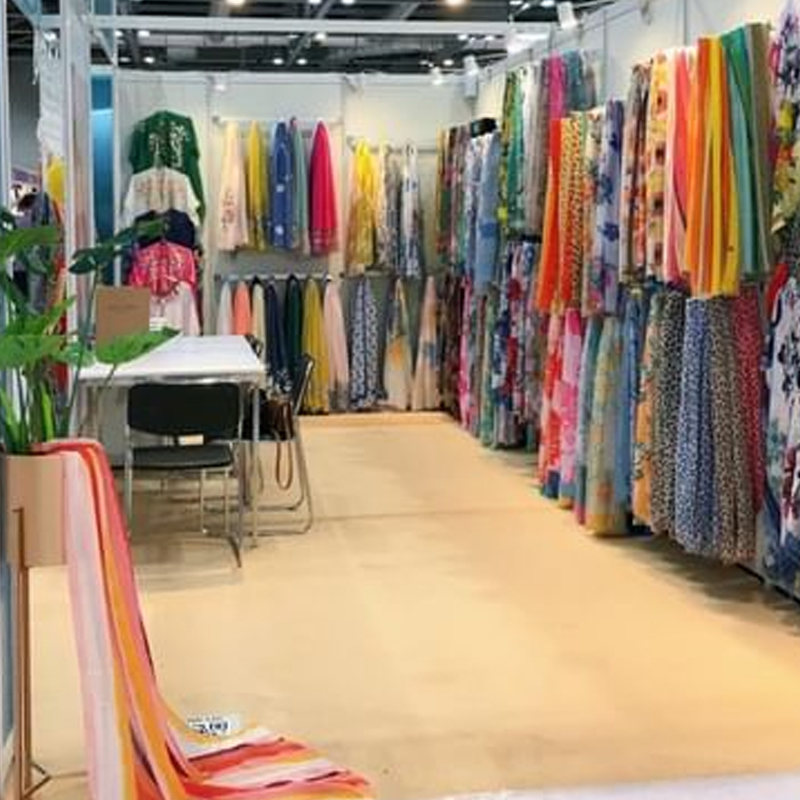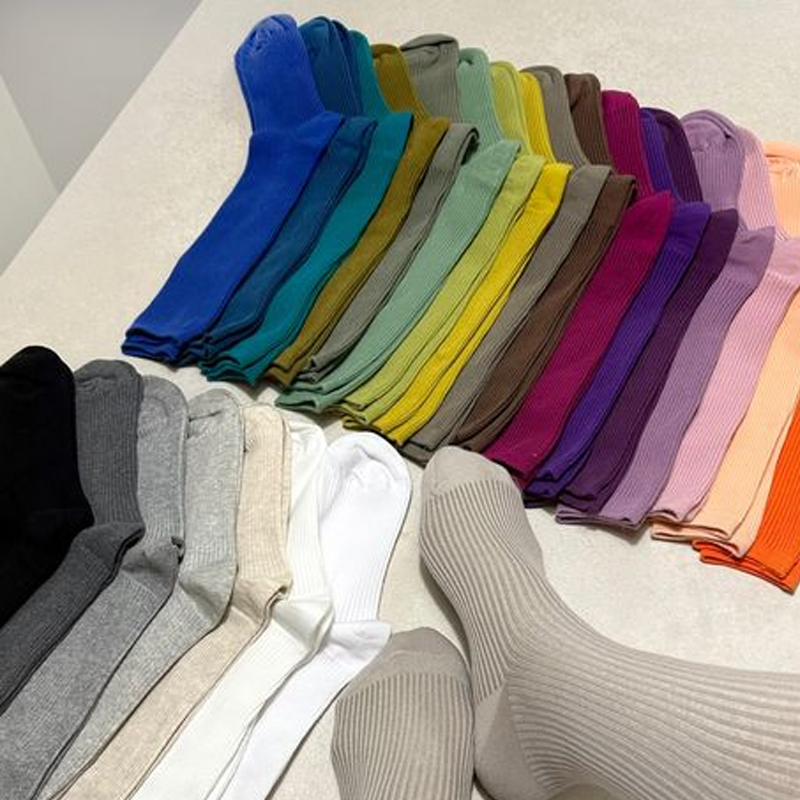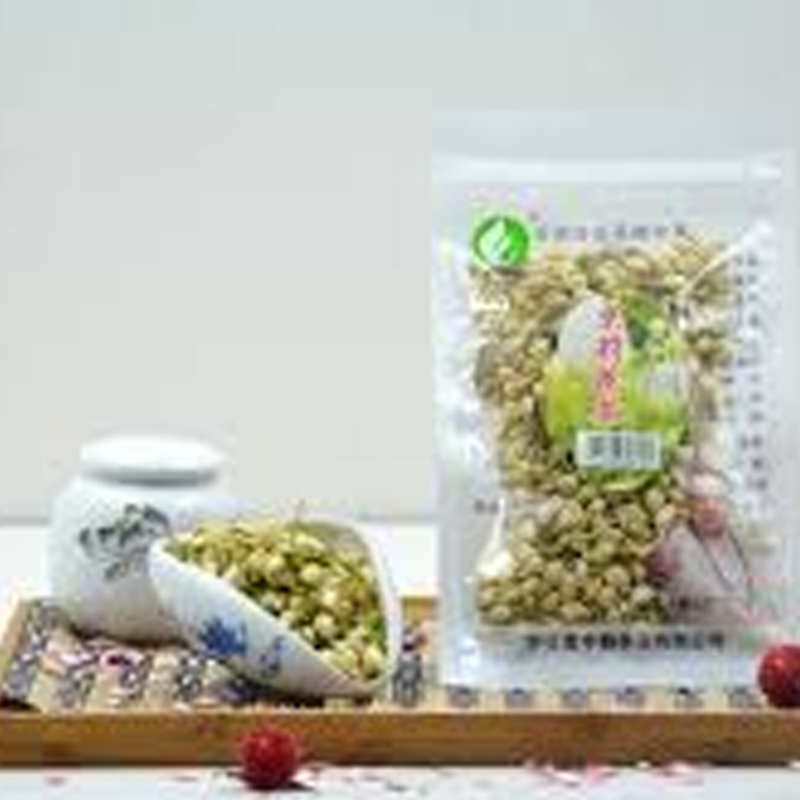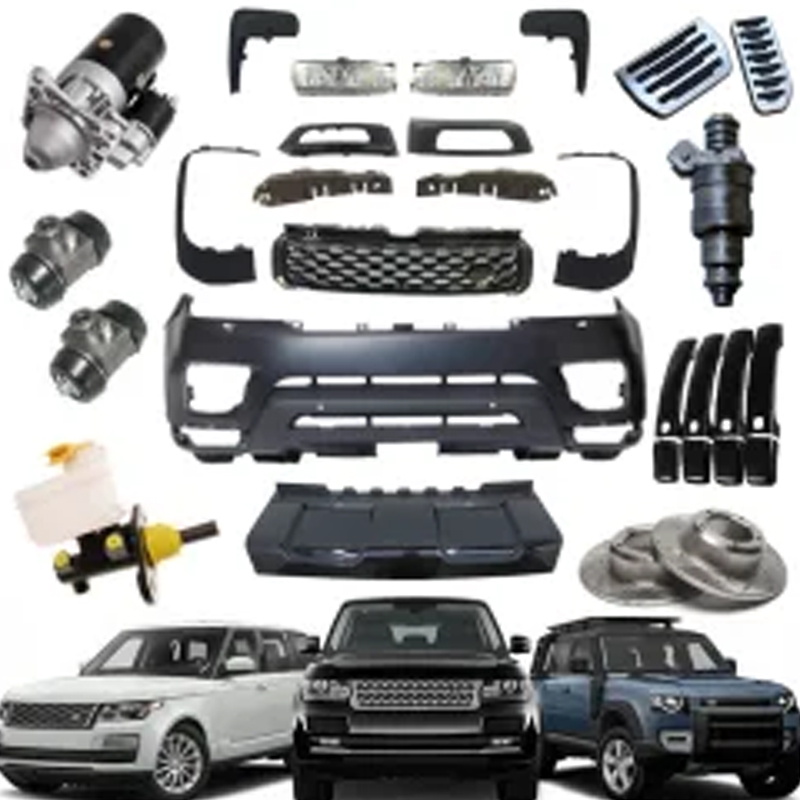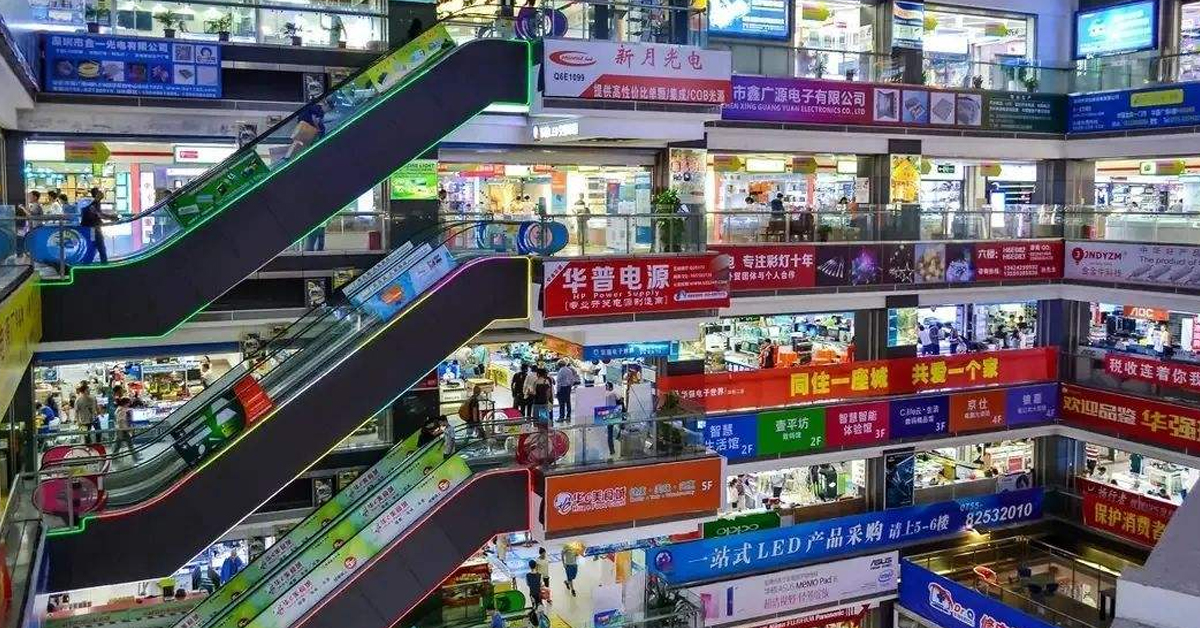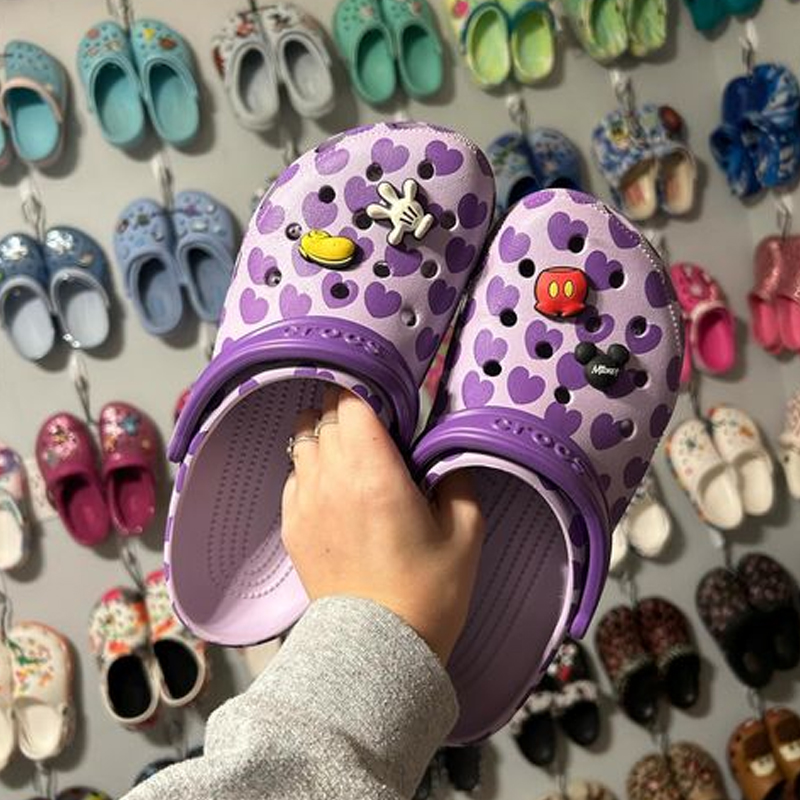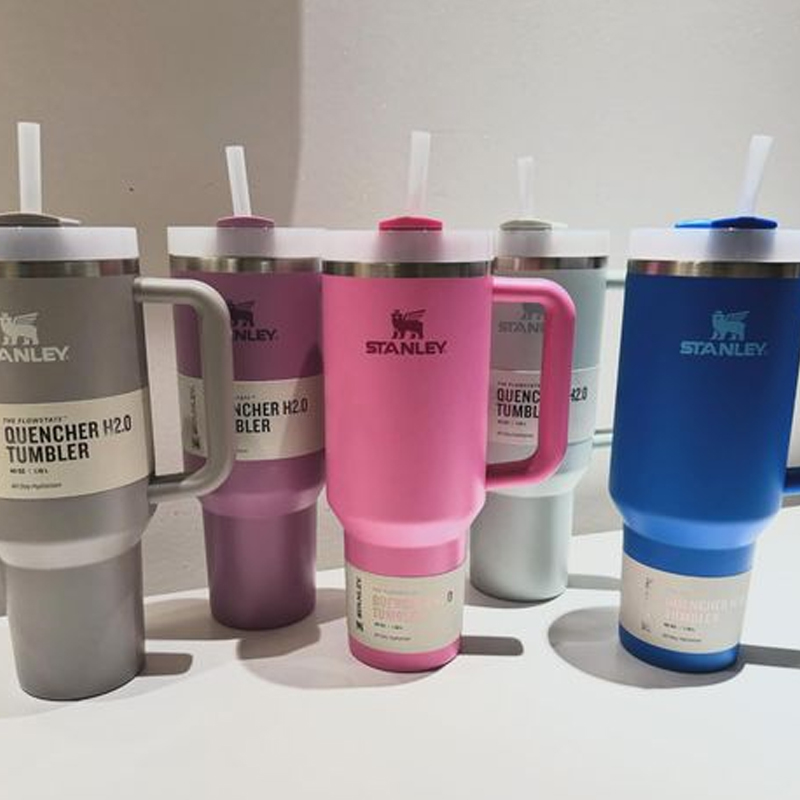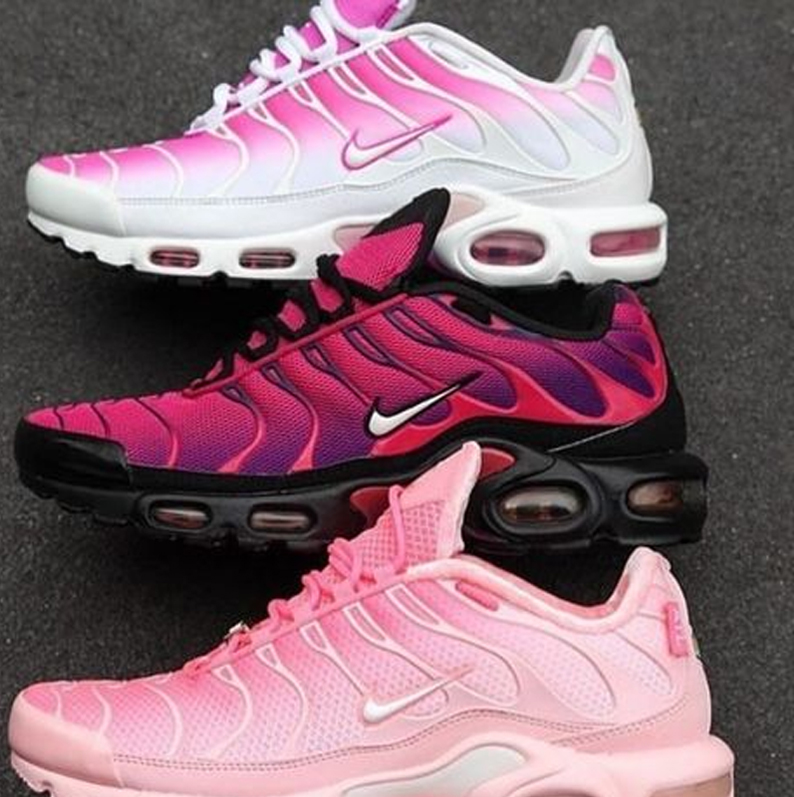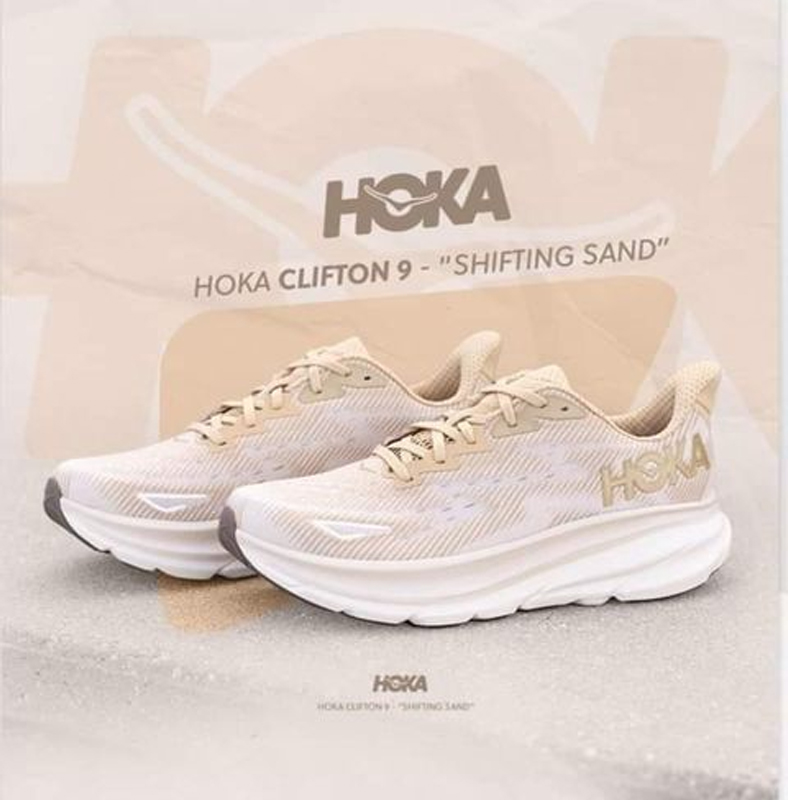Ever wondered where your favorite Crocs come from? This article takes you on a fascinating journey through Crocs’ global production network, from its origins in China to its current multi-country manufacturing strategy. We’ll explore the innovative Croslite material, peek into various factory sites, and uncover the intricate supply chain that brings these iconic shoes to your feet. Whether you’re a Crocs enthusiast or just curious about global manufacturing, this deep dive into Crocs’ production is sure to enlighten and surprise you.
Key Takeaways: Crocs’ Manufacturing Footprint
- Crocs originated in China but now has a diverse global production network
- The company operates factories in China, Vietnam, Mexico, Italy, and Bosnia
- Croslite, Crocs’ proprietary material, is key to their manufacturing process
- Sustainability and ethical production are becoming increasingly important in Crocs’ strategy
- The company’s supply chain and distribution centers span multiple continents
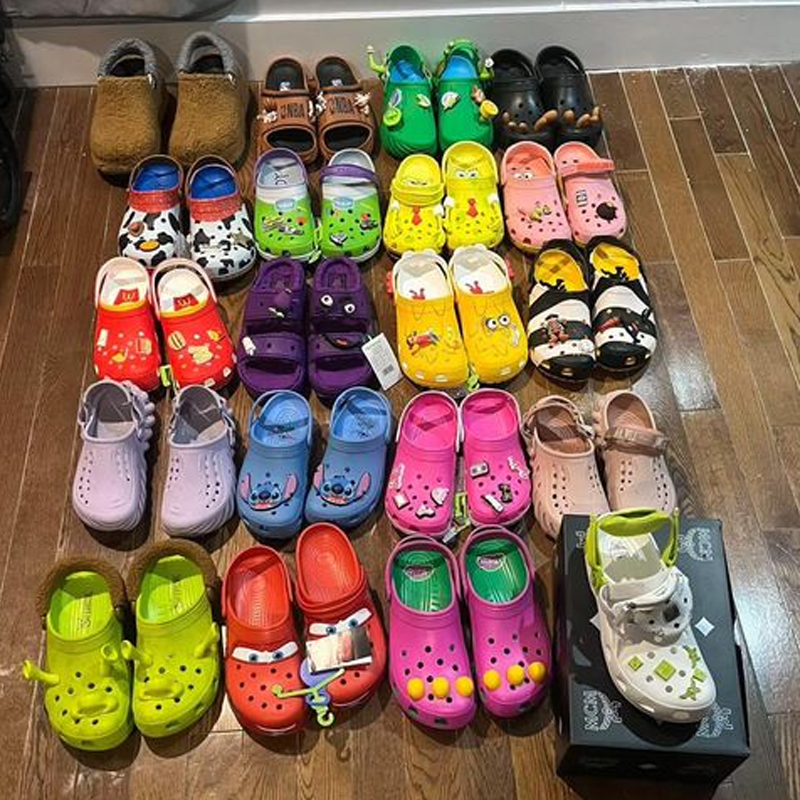
Crocs’ Global Production From Foam to Iconic Footwear (1)
Where Did Crocs Originate? The Birth of an Iconic Brand
Crocs, the brand that revolutionized casual footwear, was founded in 2002 in Boulder, Colorado. However, the story of Crocs’ production begins in China. The company’s first shoes were manufactured in a small factory in China, where the founders discovered a unique foam resin that would later become Croslite.
This initial production in China laid the groundwork for what would become a global manufacturing powerhouse. The lightweight, comfortable, and easy-to-clean shoes quickly gained popularity, leading to rapid expansion of production capabilities.
“Crocs started as a boating shoe. We had no idea it would become a global phenomenon.” – Crocs Co-founder
What is Croslite? The Secret Behind Crocs’ Comfort
At the heart of Crocs’ success lies Croslite, a proprietary closed-cell resin that gives Crocs their distinctive comfort and functionality. This material is central to Crocs’ manufacturing efficiency and product quality.
Croslite is produced through a process called foam injection molding. This technique allows for the creation of lightweight, durable, and water-resistant footwear. The material’s unique properties contribute to Crocs’ comfort, making them popular among healthcare workers, chefs, and casual wearers alike.
| Croslite Properties | Benefits |
|---|---|
| Lightweight | Easy to wear for long periods |
| Water-resistant | Ideal for wet environments |
| Odor-resistant | Maintains freshness |
| Moldable | Conforms to foot shape |
Made in China: How Important is China in Crocs’ Production?
China plays a crucial role in Crocs’ production landscape. Despite diversifying its manufacturing locations, a significant portion of Crocs’ production still occurs in Chinese factories. These facilities located in China benefit from well-established infrastructure and skilled labor.
However, Crocs has been gradually reducing its reliance on Chinese production. This shift is part of a broader strategy to diversify manufacturing locations and mitigate risks associated with tariffs and geopolitical tensions. Nevertheless, China remains an important part of Crocs’ supply chain, particularly for material sourcing and certain specialized production processes.
Vietnam Facilities: The New Manufacturing Hub?
In recent years, Vietnam has emerged as a key player in Crocs’ manufacturing strategy. The company has significantly increased its production capacity in Vietnam, with several large factories located in the country.
Vietnam offers several advantages for Crocs’ production, including lower labor costs and a strategic location for Asian markets. The shift towards Vietnam aligns with broader trends in the footwear industry, as many companies seek alternatives to Chinese manufacturing.
- Lower production costs
- Skilled workforce
- Proximity to growing Asian markets
- Favorable government policies for foreign manufacturers
Mexico Production: Serving the Americas
Crocs’ production in Mexico is strategically important for serving North and South American markets. The company’s Mexican facilities benefit from proximity to the US market, reducing shipping times and costs. This location is particularly valuable given the increasing focus on global logistics and quick response to market demands.
Mexican production also helps Crocs navigate import regulations and trade agreements more effectively. The North American Free Trade Agreement (NAFTA), now replaced by the United States-Mexico-Canada Agreement (USMCA), provides favorable conditions for footwear manufactured in Mexico.
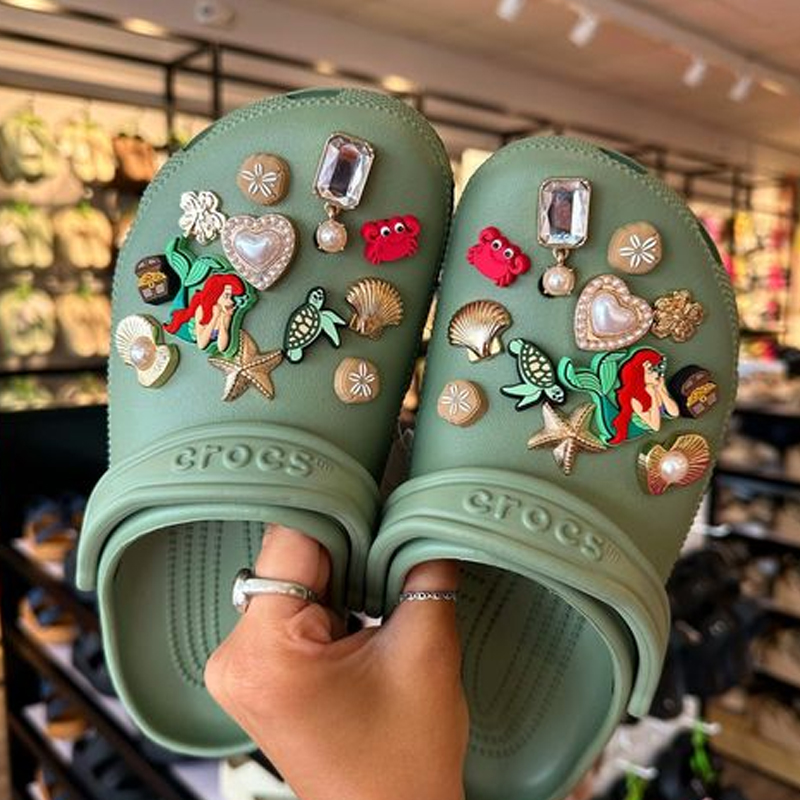
European Manufacturing: Italy and Bosnia Plants
Crocs’ European production is centered in Italy and Bosnia, catering to the European market and leveraging local expertise. The Italian facilities, in particular, focus on higher-end products and customization options, tapping into Italy’s renowned craftsmanship in footwear.
The Bosnia plants, on the other hand, offer a cost-effective European production option. These facilities have helped Crocs reduce shipping times to European customers and navigate EU regulations more effectively.
“Our European manufacturing facilities allow us to be more responsive to local market trends and reduce our carbon footprint.” – Crocs Supply Chain Executive
How Does Crocs Ensure Quality Across Different Manufacturing Countries?
Maintaining consistent quality across diverse manufacturing locations is a key challenge for Crocs. The company employs a robust quality assurance system that includes:
- Standardized production processes across all facilities
- Regular audits and inspections of manufacturing partners
- Strict adherence to material specifications, especially for Croslite
- Ongoing training programs for workers in all locations
- Implementation of advanced quality control technologies
These measures ensure that whether a pair of Crocs is made in China, Vietnam, or any other location, it meets the same high standards of quality and comfort that consumers expect from the brand.
Sustainability and Ethical Production: Crocs’ Commitment to Responsible Manufacturing
In recent years, Crocs has placed increasing emphasis on sustainability efforts and ethical production. This focus extends across all their manufacturing locations and encompasses several key areas:
- Environmental Practices: Crocs is working to reduce its carbon footprint through more efficient manufacturing processes and the use of sustainable materials.
- Labor Standards: The company has implemented strict labor policies across all its facilities and those of its outsourcing partners to ensure fair treatment of workers.
- Material Sourcing: Efforts are underway to increase the use of recycled and bio-based materials in Crocs production.
- Waste Reduction: Crocs is implementing programs to minimize waste in its manufacturing processes and increase recycling.
These initiatives not only align with growing consumer demand for sustainable products but also contribute to more responsible global manufacturing practices in the footwear industry.
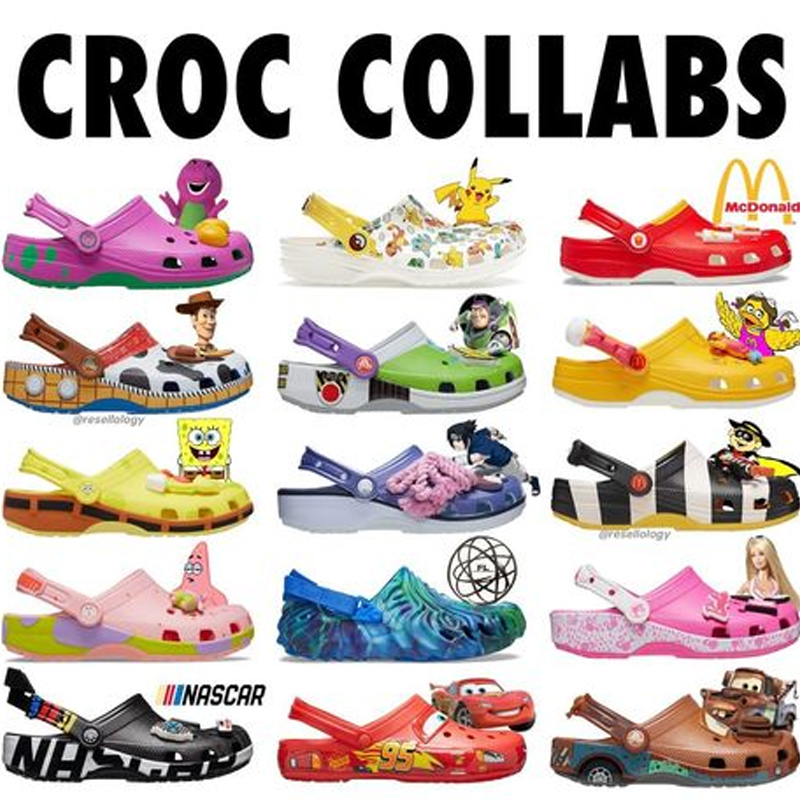
The Future of Crocs Production: Trends and Challenges
As Crocs continues to evolve its production strategy, several trends and challenges are shaping the future of its manufacturing:
- Automation: Increasing use of automated processes to improve efficiency and consistency.
- Localization: Moving production closer to key markets to reduce shipping times and costs.
- Customization: Expanding capabilities for personalized products to meet consumer demands.
- Sustainability: Further integration of eco-friendly materials and processes.
- Supply Chain Resilience: Diversifying suppliers and manufacturing locations to mitigate risks.
These factors will likely influence Crocs’ decisions about where to locate future production facilities and how to optimize its existing manufacturing network.
Sourcing from China: A Smart Move for Your Business?
While Crocs has diversified its production globally, the company’s history with Chinese manufacturing highlights the potential benefits of sourcing from China. For businesses looking to emulate Crocs’ success, partnering with Chinese factories can offer several advantages:
- Access to established manufacturing infrastructure
- Skilled labor force with expertise in various production techniques
- Competitive pricing for large-scale production
- Proximity to key material suppliers
- Advanced technology and innovation capabilities
If you’re considering leveraging Chinese manufacturing for your business, it’s crucial to navigate the process effectively. At BuyFromChinaDirect, we specialize in helping businesses source products from China in a smarter, more efficient way. Our expertise can help you identify reliable manufacturing partners, ensure quality control, and optimize your supply chain, just as Crocs has done throughout its journey from a small startup to a global footwear giant.
Whether you’re in the footwear industry or any other sector, our team can guide you through the intricacies of Chinese manufacturing, helping you tap into the same resources that have contributed to Crocs’ success. Contact us to learn how we can support your business in sourcing high-quality products from China, efficiently and cost-effectively.




